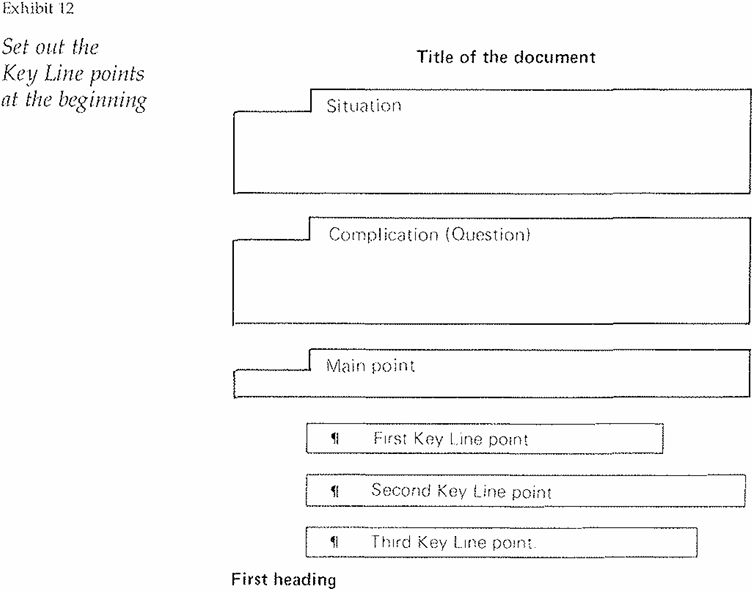

Grammar


Tenses


Present

Present Simple

Present Continuous

Present Perfect

Present Perfect Continuous


Past

Past Simple

Past Continuous

Past Perfect

Past Perfect Continuous


Future

Future Simple

Future Continuous

Future Perfect

Future Perfect Continuous


Parts Of Speech


Nouns

Countable and uncountable nouns

Verbal nouns

Singular and Plural nouns

Proper nouns

Nouns gender

Nouns definition

Concrete nouns

Abstract nouns

Common nouns

Collective nouns

Definition Of Nouns

Animate and Inanimate nouns

Nouns


Verbs

Stative and dynamic verbs

Finite and nonfinite verbs

To be verbs

Transitive and intransitive verbs

Auxiliary verbs

Modal verbs

Regular and irregular verbs

Action verbs

Verbs


Adverbs

Relative adverbs

Interrogative adverbs

Adverbs of time

Adverbs of place

Adverbs of reason

Adverbs of quantity

Adverbs of manner

Adverbs of frequency

Adverbs of affirmation

Adverbs


Adjectives

Quantitative adjective

Proper adjective

Possessive adjective

Numeral adjective

Interrogative adjective

Distributive adjective

Descriptive adjective

Demonstrative adjective


Pronouns

Subject pronoun

Relative pronoun

Reflexive pronoun

Reciprocal pronoun

Possessive pronoun

Personal pronoun

Interrogative pronoun

Indefinite pronoun

Emphatic pronoun

Distributive pronoun

Demonstrative pronoun

Pronouns


Pre Position


Preposition by function

Time preposition

Reason preposition

Possession preposition

Place preposition

Phrases preposition

Origin preposition

Measure preposition

Direction preposition

Contrast preposition

Agent preposition


Preposition by construction

Simple preposition

Phrase preposition

Double preposition

Compound preposition

prepositions


Conjunctions

Subordinating conjunction

Correlative conjunction

Coordinating conjunction

Conjunctive adverbs

conjunctions


Interjections

Express calling interjection

Phrases

Sentences


Grammar Rules

Passive and Active

Preference

Requests and offers

wishes

Be used to

Some and any

Could have done

Describing people

Giving advices

Possession

Comparative and superlative

Giving Reason

Making Suggestions

Apologizing

Forming questions

Since and for

Directions

Obligation

Adverbials

invitation

Articles

Imaginary condition

Zero conditional

First conditional

Second conditional

Third conditional

Reported speech

Demonstratives

Determiners


Linguistics

Phonetics

Phonology

Linguistics fields

Syntax

Morphology

Semantics

pragmatics

History

Writing

Grammar

Phonetics and Phonology

Semiotics


Reading Comprehension

Elementary

Intermediate

Advanced


Teaching Methods

Teaching Strategies

Assessment
What About the Key line?
المؤلف:
BARBARA MINTO
المصدر:
THE MINTO PYRAMID PRINCIPLE
الجزء والصفحة:
41-3
2024-09-07
1144
What About the Key line?
The Key Line not only gives the answer to the new Question raised by the statement of your Main Point, it also indicates the plan of the document. If it is a lengthy document, therefore, you will want to set the points out in the middle of the page. You can then put a heading to represent the first point, and start writing (see, Reflecting the Pyramid on the Page).

Setting the points out enables the reader to get your entire thinking in the first 30 seconds or so of reading. Since anything that follows will serve only to explain or defend these points, you have courteously put the reader in the position of being able to determine whether he needs to go on or is ready to accept your conclusions as they stand. In any case, he now knows what to expect and can read with a greater sense of ease that there will be no unpleasant surprises.
If the document is a short one, with only a paragraph or two to support each section, you do not of course want to set out the points and then repeat them in headings. In such cases, use the points as topic sentences to your paragraphs and underline them so that they jump out at the reader.
Remember that the Key Line points should be expressed as ideas. It is not sufficient, for example, to write an introduction like the following:
This memorandum describes the project team approach to identifying and achieving significant profit improvements. It is organized in six sections as follows:
- Background
- Principles of project team approach
- What project work is
- How the program is organized
- Unique benefits and specific results
- Prerequisites for success.
Here the setout of the points is useless in the sense of conveying the message of the document to the reader. It simply forces on the reader a string of words that he can't put into perspective. It is excess baggage that wastes his time and delays his understanding.
As a rule of thumb, you never want to have a section labeled "Background" or "Introduction" because the information it contains will not be on the same level of abstraction as the other points that follow. And in listing subjects rather than ideas, there is a danger that the ideas assumed to be behind the subjects will probably not form a clear argument, either inductive or deductive.
In the example above, one suspects that the ideas in the various sections are indeed badly jumbled as they stand. For example, the "Unique benefits and specific results" should probably be discussed under the "Principles of project team approach," and the "Prerequisites for success" probably belong under "How the program is organized." Never write about categories, only about ideas.
 الاكثر قراءة في Writing
الاكثر قراءة في Writing
 اخر الاخبار
اخر الاخبار
اخبار العتبة العباسية المقدسة

الآخبار الصحية















 قسم الشؤون الفكرية يصدر كتاباً يوثق تاريخ السدانة في العتبة العباسية المقدسة
قسم الشؤون الفكرية يصدر كتاباً يوثق تاريخ السدانة في العتبة العباسية المقدسة "المهمة".. إصدار قصصي يوثّق القصص الفائزة في مسابقة فتوى الدفاع المقدسة للقصة القصيرة
"المهمة".. إصدار قصصي يوثّق القصص الفائزة في مسابقة فتوى الدفاع المقدسة للقصة القصيرة (نوافذ).. إصدار أدبي يوثق القصص الفائزة في مسابقة الإمام العسكري (عليه السلام)
(نوافذ).. إصدار أدبي يوثق القصص الفائزة في مسابقة الإمام العسكري (عليه السلام)


















